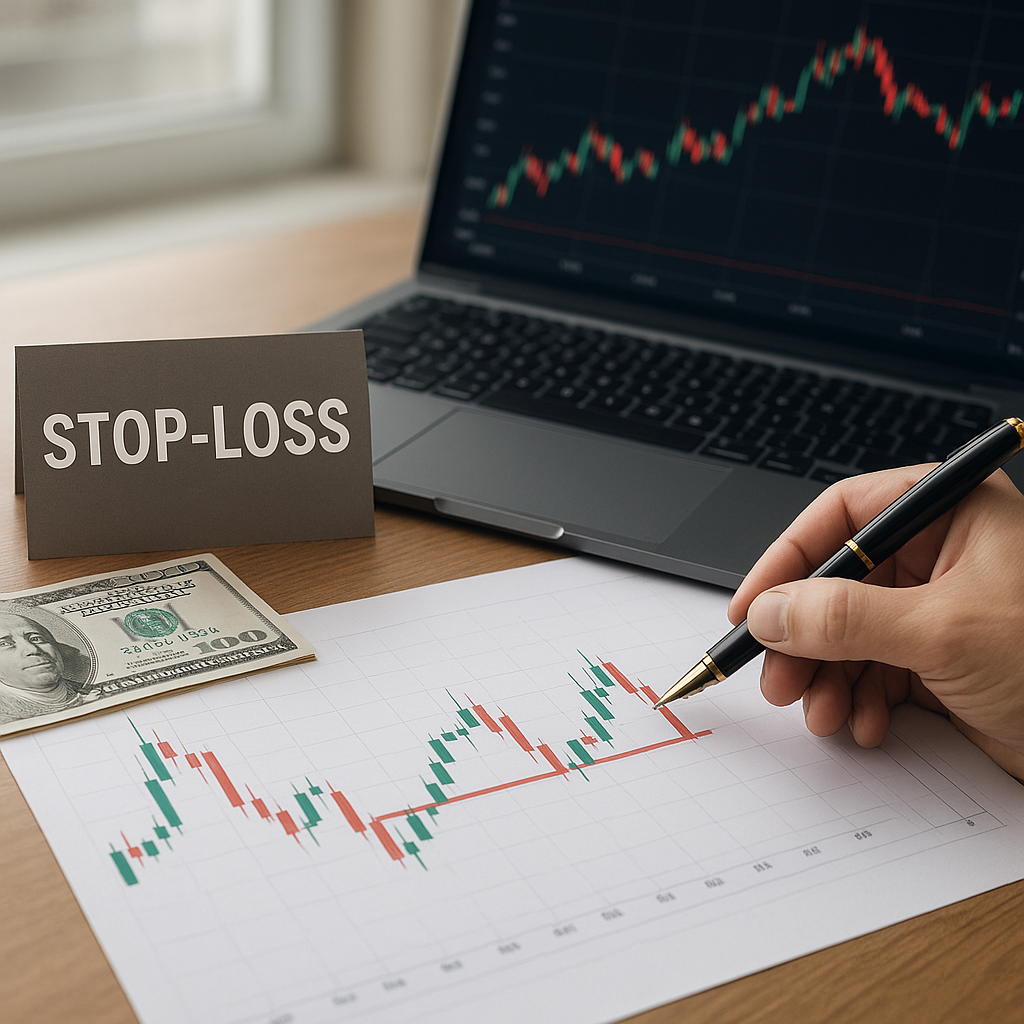The intricate dance between political developments and financial markets is nowhere more pronounced than in the realm of foreign exchange. Movements in **geopolitical** landscapes can send shockwaves through **currency** values, inspiring both caution and opportunity for market participants. This article examines key forces driving these fluctuations and offers insight into how traders and **investors** can navigate heightened **volatility**.
Global Political Shifts and Exchange Rate Movements
Shifts in global leadership or alliances often alter expectations for trade flows, capital movement, and **monetary policy** decisions. When a major economy elects a new government promising protectionist measures, its **exchange rate** may slump as market participants bid down the currency in anticipation of weaker exports and lower growth.
Election Outcomes and Currency Impacts
During election seasons, the forex market reacts to polls, candidate statements, and coalition possibilities. Sentiment-driven traders may front-run expected changes, leading to abrupt price moves:
- Risk-averse positioning: A campaign built on higher tariffs can erode confidence, prompting long USD or JPY positions.
- Policy uncertainty premium: Markets demand higher yields from bonds, pressuring the local currency lower.
- Post-election rallies: When results defy bearish forecasts, a rapid appreciation can follow.
For **investors**, the key is to balance near-term technical signals with longer-term fundamentals. Hedging strategies such as options can limit downside if a surprise outcome occurs.
Regional Conflicts and Currency Volatility
Localized unrest often triggers acute moves in adjacent currencies, especially for nations reliant on cross-border trade or energy exports. A supply disruption in a major oil corridor, for example, can drive the currencies of both producer and consumer states into a tailspin.
Sanctions and Asset Freezes
When governments impose **sanctions**, targeted nations may face a sudden collapse in external financing, leading to sharp depreciation. Effects typically include:
- Sharp pullback in foreign direct investment
- Reductions in sovereign bond issuance
- Rapid contraction of the money supply as central banks attempt to defend the peg
Such scenarios highlight the importance of risk controls and the role of **diversification**. Traders might allocate a small portion of their portfolio to safe-haven currencies (e.g., CHF, USD) to cushion against regional shocks.
Economic Diplomacy and Long-Term Currency Trends
Beyond headline conflicts, the subtleties of bilateral negotiations and trade agreements exert a steady influence. Frameworks like free-trade agreements (FTAs) can foster capital inflows, supporting a currency’s upward trajectory over months and years.
Macro and Microeconomic Drivers
While short-term spikes grab headlines, lasting currency strength derives from robust **macroeconomic** data:
- Inflation targets consistently met or undershot
- Fiscal discipline with shrinking budget deficits
- High levels of foreign exchange reserves
Investors tracking these metrics can anticipate gradual appreciation against peers showing weaker fundamentals. A country that navigates diplomatic tensions without resorting to capital controls often gains credibility in global markets, reflected in currency gains.
Central Bank Responses and Interest Rate Dynamics
Central banks stand at the crossroads of politics and economics. In the face of rising **volatility**, they must decide whether to adjust interest rates, embark on asset purchases, or intervene directly in currency markets. Each choice sends signals to market participants:
- Rate hikes to curb inflation may bolster the currency but slow growth.
- Quantitative easing can weaken a currency to support exporters.
- Sterilized interventions seek to smooth extreme moves without altering monetary policy stance.
Currency strategists pay close attention to central bank minutes, speeches, and prospective shifts in policy frameworks to position ahead of major announcements.
Strategies for Managing Geopolitical Currency Risk
Given the unpredictability of global events, a proactive approach to risk management is essential. Key considerations include:
- Implementing stop-loss orders to cap losses during sudden spikes
- Using options strategies like collars to define worst-case outcomes
- Maintaining a balanced **risk appetite**, never overexposing to one currency pair
- Monitoring real-time news feeds and economic calendars for potential catalysts
By combining technical analysis with awareness of political calendars, forex **investors** can craft resilient portfolios that adapt to both short-lived shocks and structural shifts.
Conclusion
While political developments often introduce turbulence, they also create trading opportunities for those who study underlying causes. Maintaining discipline, respecting fundamental drivers, and adopting flexible hedging mechanisms allow traders to thrive amid the ever-changing nexus of **geopolitical** forces and **exchange rates**.




